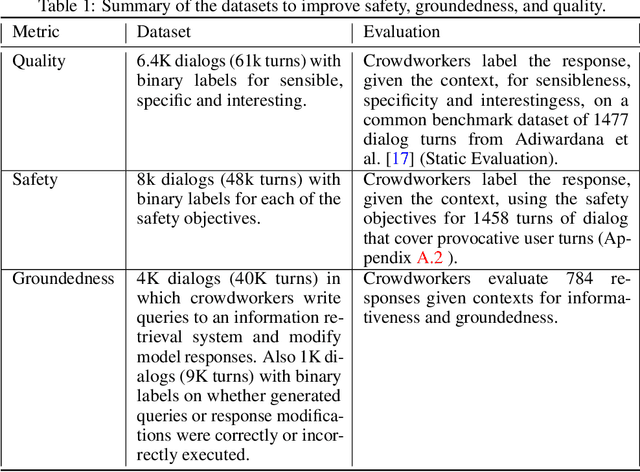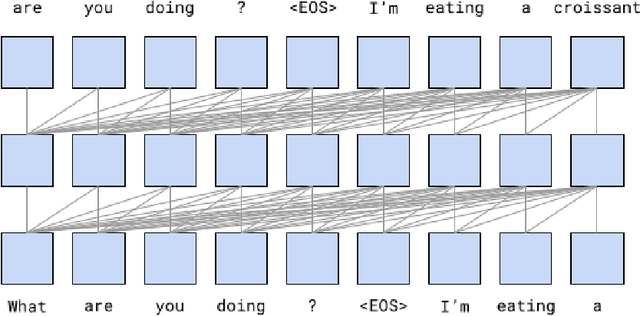Kristen Olson
Expanding the Generative AI Design Space through Structured Prompting and Multimodal Interfaces
Apr 22, 2025Abstract:Text-based prompting remains the predominant interaction paradigm in generative AI, yet it often introduces friction for novice users such as small business owners (SBOs), who struggle to articulate creative goals in domain-specific contexts like advertising. Through a formative study with six SBOs in the United Kingdom, we identify three key challenges: difficulties in expressing brand intuition through prompts, limited opportunities for fine-grained adjustment and refinement during and after content generation, and the frequent production of generic content that lacks brand specificity. In response, we present ACAI (AI Co-Creation for Advertising and Inspiration), a multimodal generative AI tool designed to support novice designers by moving beyond traditional prompt interfaces. ACAI features a structured input system composed of three panels: Branding, Audience and Goals, and the Inspiration Board. These inputs allow users to convey brand-relevant context and visual preferences. This work contributes to HCI research on generative systems by showing how structured interfaces can foreground user-defined context, improve alignment, and enhance co-creative control in novice creative workflows.
ACAI for SBOs: AI Co-creation for Advertising and Inspiration for Small Business Owners
Mar 09, 2025Abstract:Small business owners (SBOs) often lack the resources and design experience needed to produce high-quality advertisements. To address this, we developed ACAI (AI Co-Creation for Advertising and Inspiration), an GenAI-powered multimodal advertisement creation tool, and conducted a user study with 16 SBOs in London to explore their perceptions of and interactions with ACAI in advertisement creation. Our findings reveal that structured inputs enhance user agency and control while improving AI outputs by facilitating better brand alignment, enhancing AI transparency, and offering scaffolding that assists novice designers, such as SBOs, in formulating prompts. We also found that ACAI's multimodal interface bridges the design skill gap for SBOs with a clear advertisement vision, but who lack the design jargon necessary for effective prompting. Building on our findings, we propose three capabilities: contextual intelligence, adaptive interactions, and data management, with corresponding design recommendations to advance the co-creative attributes of AI-mediated design tools.
LaMDA: Language Models for Dialog Applications
Feb 10, 2022



Abstract:We present LaMDA: Language Models for Dialog Applications. LaMDA is a family of Transformer-based neural language models specialized for dialog, which have up to 137B parameters and are pre-trained on 1.56T words of public dialog data and web text. While model scaling alone can improve quality, it shows less improvements on safety and factual grounding. We demonstrate that fine-tuning with annotated data and enabling the model to consult external knowledge sources can lead to significant improvements towards the two key challenges of safety and factual grounding. The first challenge, safety, involves ensuring that the model's responses are consistent with a set of human values, such as preventing harmful suggestions and unfair bias. We quantify safety using a metric based on an illustrative set of human values, and we find that filtering candidate responses using a LaMDA classifier fine-tuned with a small amount of crowdworker-annotated data offers a promising approach to improving model safety. The second challenge, factual grounding, involves enabling the model to consult external knowledge sources, such as an information retrieval system, a language translator, and a calculator. We quantify factuality using a groundedness metric, and we find that our approach enables the model to generate responses grounded in known sources, rather than responses that merely sound plausible. Finally, we explore the use of LaMDA in the domains of education and content recommendations, and analyze their helpfulness and role consistency.
 Add to Chrome
Add to Chrome Add to Firefox
Add to Firefox Add to Edge
Add to Edge